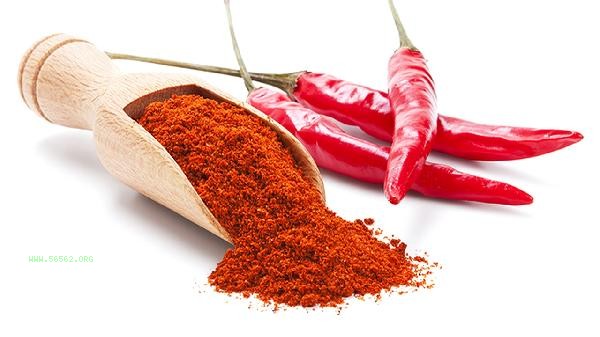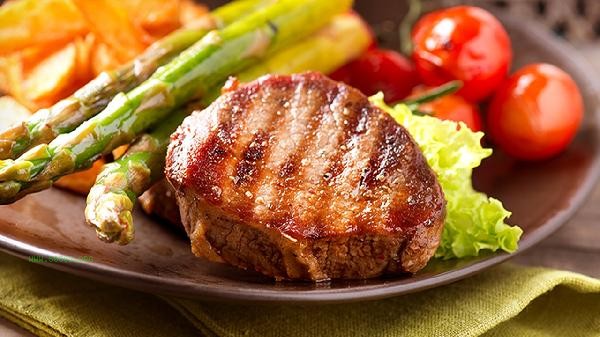Eating food at 60 degrees Celsius usually feels hot. The tolerance threshold of the human oral cavity to high temperatures is generally between 50-60 degrees, and exceeding this temperature may cause mucosal discomfort or even minor burns. When the temperature of food reaches 60 degrees Celsius, contact with the mouth will quickly stimulate nerve endings and produce a burning sensation. This temperature is close to the upper limit of daily hot drinks, such as freshly brewed coffee or tea. Continuous contact may cause a brief redness of the tongue and an increase in saliva secretion, which is a self-protection response of the body. Long term intake of excessively hot foods may increase the risk of damage to the oral and esophageal mucosa. In some special cases, individuals may have differences in temperature perception. Patients with oral ulcers or gum inflammation may be more sensitive to 60 degrees Celsius, while those who are accustomed to drinking high-temperature beverages have slightly higher tolerance. The human body's temperature perception threshold may increase in cold environments, but 60 degrees still falls within a clear high temperature range. Infants, young children, and elderly people should avoid contact with foods at this temperature because their mucous membranes are more fragile.

Daily dietary recommendations include controlling the temperature of food between 40-50 degrees Celsius to maintain flavor and avoid the risk of burns. Before consumption, the temperature can be tested using utensils, and high-temperature food can be slowly swallowed in small sips. Those who have a long-term preference for hot food should be alert to taste dullness and gradually reduce the consumption temperature to cultivate healthy eating habits. If there is persistent oral burning pain or difficulty swallowing, seek medical attention and examination in a timely manner.










Comments (0)
Leave a Comment
No comments yet
Be the first to share your thoughts!